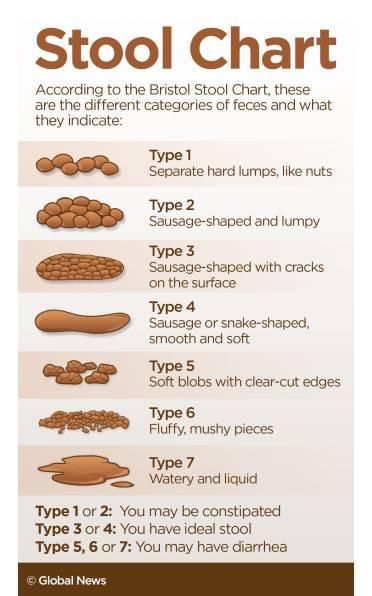STAGES OF AGGRESSION

STAGES OF AGGRESSION Aggression in the context of mental health can manifest in various stages, and understanding these stages is crucial for early intervention and effective management. It's important to note that not everyone who experiences mental health issues will progress through all these stages, and the severity and duration of each stage can vary. Here are the stages of aggression in mental health: Trigger: The trigger is the initial event or situation that sets off the aggression. It could be external, such as a perceived threat or stressor, or internal, such as overwhelming emotions, thoughts, or memories. This stage often involves increased tension and anxiety as the individual becomes aware of the trigger. Escalation: In this stage, the individual's emotional response intensifies. Anger, frustration, or fear may become more pronounced. Communication may become more aggressive, with raised voices, hostile language, or threatening gestures. Physical signs of agitat

